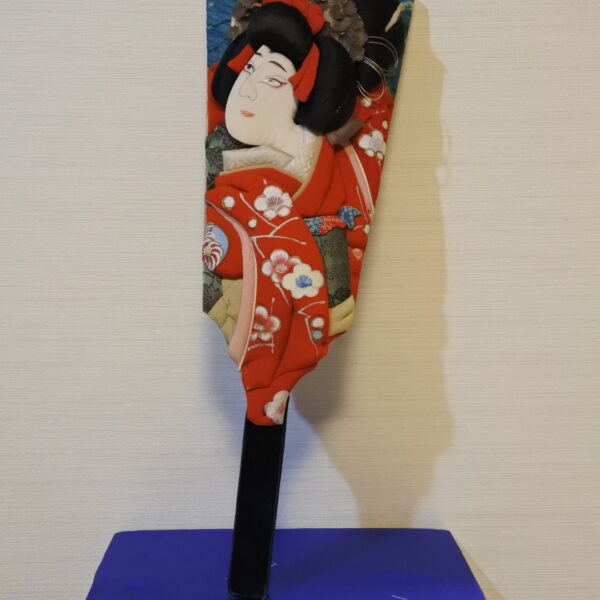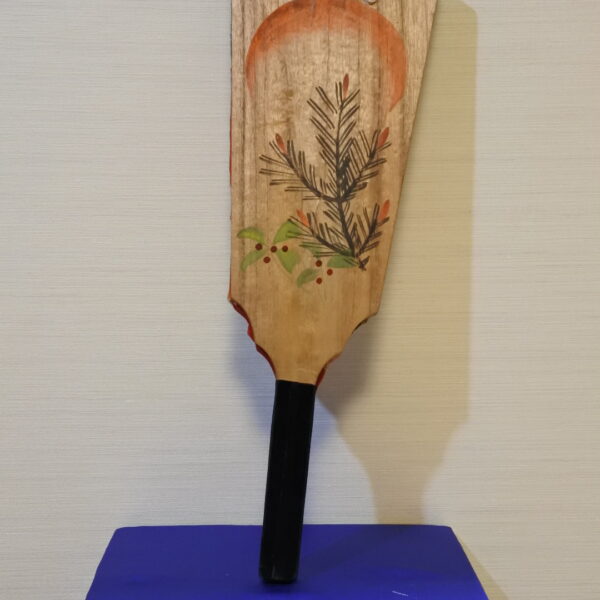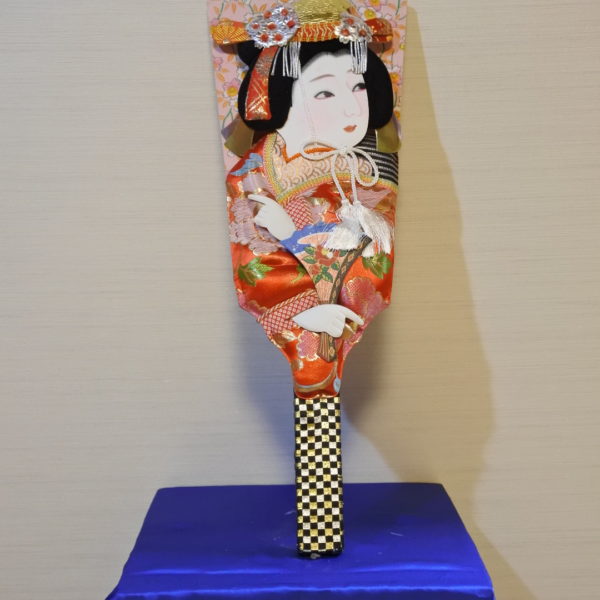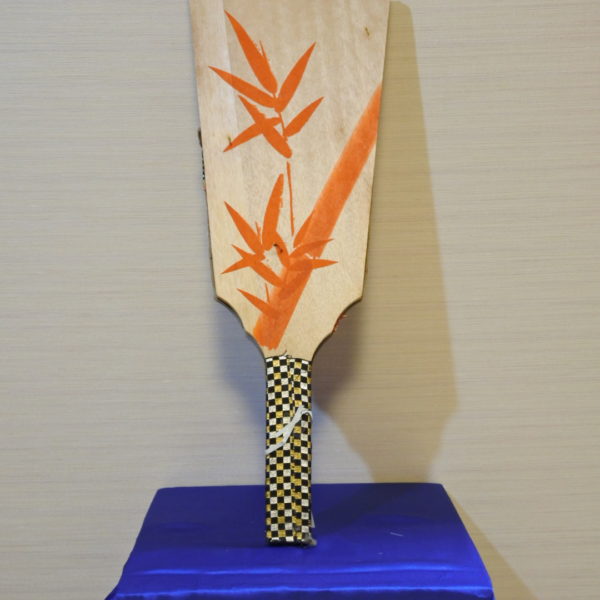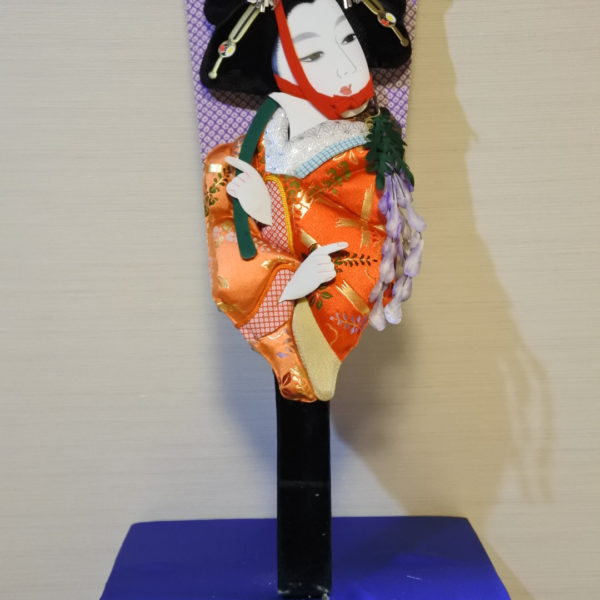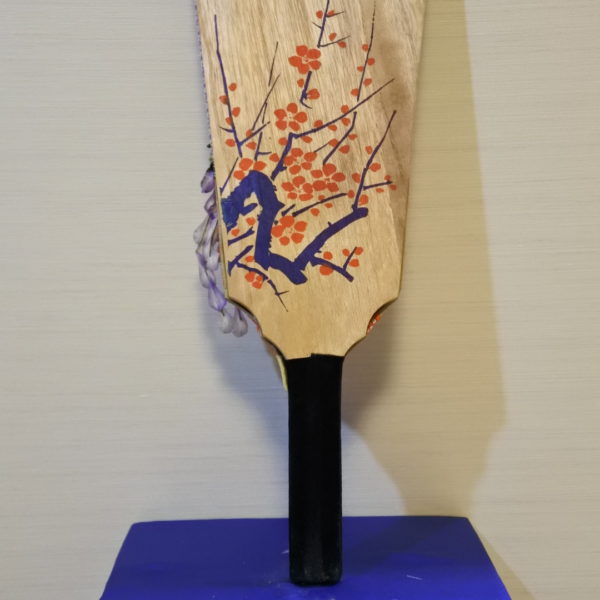Showing all 3 results
-
$0.00
This work is an antique work made nearly 100 years ago. The red lines under her eyes and eyebrows are the popular makeup methods of the Edo period. The red-based Kimono is bewitching, while the deep blue background expresses the dignified Japanese beauty. Ume (梅, plum) pattern of this Kimono is very famous in Japan as a very auspicious pattern. Ume is an element of Sho-Chiku-Bai (松竹梅), which is the popular motif; it combines three plants: pine tree, bamboo, and Japanese apricot blossom. Each of them has a favorable meaning; therefore, people love this pattern. There are written Big sun, Matsu (松, pine tree), and Nan-ten (南天, nandina) on the…
-
$68.53
The color combination of this lady’s Kimono (traditional Japanese costume), mainly red, gold, and pink, gives this work an elegant appearance. The cherry blossom pattern decorates the background. This flower pattern has been appreciated as a traditional and symbolic motif of Japan. As it blooms with many flowers, it is regarded as the sign of good luck. The peony is designed for her Kimono. People consider that its large petals represent nobility and beauty; so, peony is a symbolic flower that is likened to women’s beauty. You would find another kind of flower on her hand. She brings a fan, and it is decorated with Tsubaki (椿, camellia). Camellia is…
-
$82.24
The color combination of this lady’s Kimono (traditional Japanese costume) and the background’s purple color make an elegant appearance. She holds a bunch of Japanese wisteria flower and put it on her shoulder. This flower has been appreciated for a long time, and people enjoy using it when they make poems. As Japanese wisteria blooms in a row, people consider it shows how love deepens. She beams sweetly with her eyes downcast. Her expression creates not only charming but also a mysterious and melancholy atmosphere. Ume (梅, Japanese apricot blossom) is described on the backside. Sho-Chiku-Bai (松竹梅) is the popular motif; it is the combination of three plants: pine tree,…

